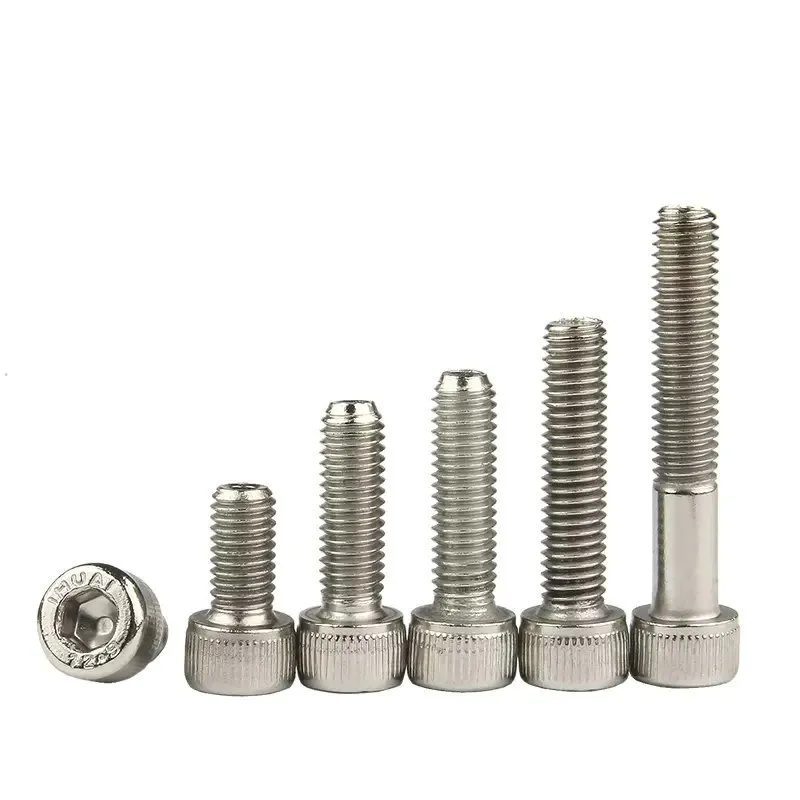

self tapping metal roofing screws
Sep . 14, 2024 03:54 Back to list
self tapping metal roofing screws
Understanding Self-Tapping Metal Roofing Screws A Comprehensive Guide
When it comes to roofing, choosing the right fasteners is crucial to ensure durability, sealing, and overall performance. Among various options available in the market, self-tapping metal roofing screws stand out due to their unique design and functionality. This article aims to provide a detailed understanding of self-tapping metal roofing screws, their benefits, types, and installation process.
What Are Self-Tapping Metal Roofing Screws?
Self-tapping screws are specially designed fasteners that create their own mating thread when they are driven into materials like metal or wood. Specifically for metal roofing, these screws often feature a unique drill point that allows them to penetrate metal sheets without the need for pre-drilling holes. This not only makes installation faster but also results in a more secure and watertight seal.
Benefits of Self-Tapping Metal Roofing Screws
1. Efficiency in Installation One of the primary advantages of using self-tapping screws is the time-saving benefit during installation. The design allows for quick and easy penetration without requiring pre-drilling, significantly speeding up the roofing process.
2. Strong Hold The threads of self-tapping screws are designed to grip securely into metal roofing materials. This strong hold ensures that the roof is stable and capable of withstanding various environmental stressors such as wind and weight from snow.
3. Weather Resistance Many self-tapping screws are coated with materials such as zinc or epoxy to enhance their resistance to corrosion and moisture. This is vital for maintaining the integrity of the roof and preventing leaks over time.
4. Versatility While commonly used in metal roofing, self-tapping screws are also suitable for other construction applications, such as securing metal siding, HVAC ductwork, and even wood structures.
Types of Self-Tapping Metal Roofing Screws
There are several types of self-tapping screws available, each designed for specific applications. The most commonly used types include
self tapping metal roofing screws

- Tech Screws These screws are equipped with a hex head and a sharp point, making them effective for fastening metal to metal or metal to wood
.- Lap Screws Used for fastening overlapping metal sheets, lap screws typically feature a large flat head and a sealing washer to ensure water tightness.
- Sheet Metal Screws These screws are suitable for fastening thin sheets of metal together, and they come in various sizes and lengths to accommodate different projects.
Installation Process
Installing self-tapping metal roofing screws is a straightforward process
1. Choose the Right Screw It’s essential to select the appropriate size and type of screw according to the thickness of the roofing material.
2. Position the Roofing Panels Align the panels correctly and ensure they overlap as required.
3. Drive the Screws Using a power drill or impact driver, drive the screws into the designated areas. Ensure that the screws are tightened just enough to compress the sealing washer without over-tightening, which could damage the material.
4. Check for Proper Seal After installation, inspect each screw to ensure that it has penetrated the metal properly and created a tight seal to prevent leaks.
Conclusion
Self-tapping metal roofing screws are an optimal choice for both professional contractors and DIY enthusiasts, offering a combination of efficiency, durability, and versatility. By understanding their benefits, types, and installation methods, you'll be better prepared to make informed decisions for your roofing projects. Investing in high-quality screws will undoubtedly lead to a more secure and long-lasting roof.
Latest news
-
Premium Self Tapping Metal Screws: Strong & Easy Install
NewsAug.02,2025
-
Premium Fasteners Manufacturer | AI-Driven Solutions
NewsAug.01,2025
-
Hot Dip Galvanized Bolts - Hebei Longze | High Strength, Corrosion Resistance
NewsAug.01,2025
-
High-Strength Hot Dip Galvanized Bolts - LongZe | Corrosion Resistance, Custom Sizes
NewsAug.01,2025
-
Best Self Tapping Screws for Drywall - Fast & Secure Installation
NewsJul.31,2025
-
High-Strength Hot Dip Galvanized Bolts-Hebei Longze|Corrosion Resistance&Customization
NewsJul.31,2025

